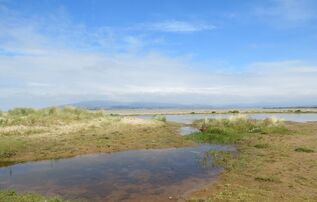 Sandscale Haws
Sandscale Haws Across the Duddon Estuary lie the Lake District Fells. The sand dunes unfurl carpets of summer flowers before us, with changing species and patterns. When the sun is at its zenith the dune flora responds with a release of nectar and a wonderful herbal fragrance.
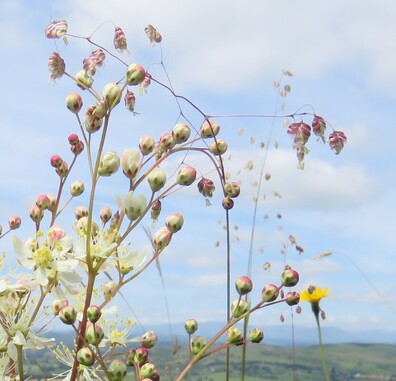
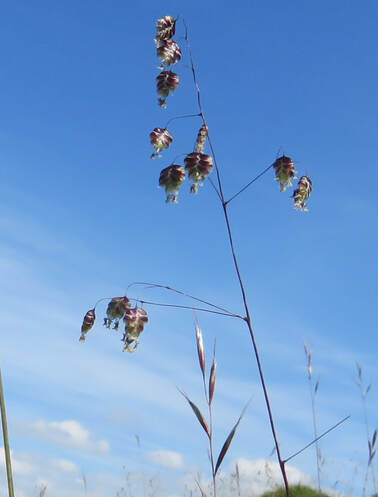
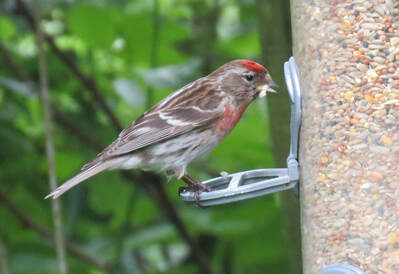
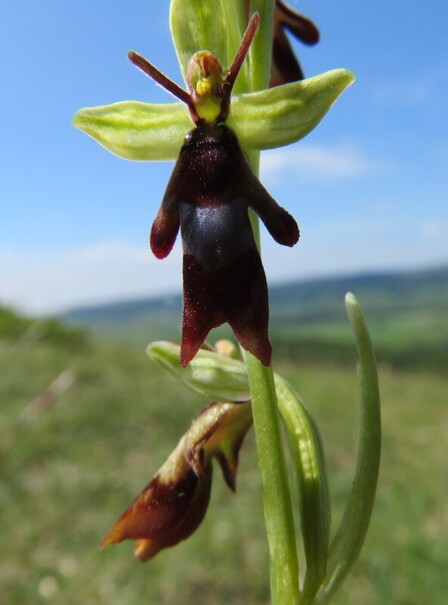
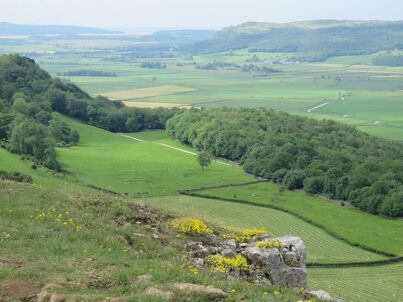
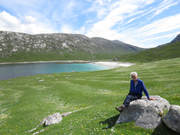
 RSS Feed
RSS Feed